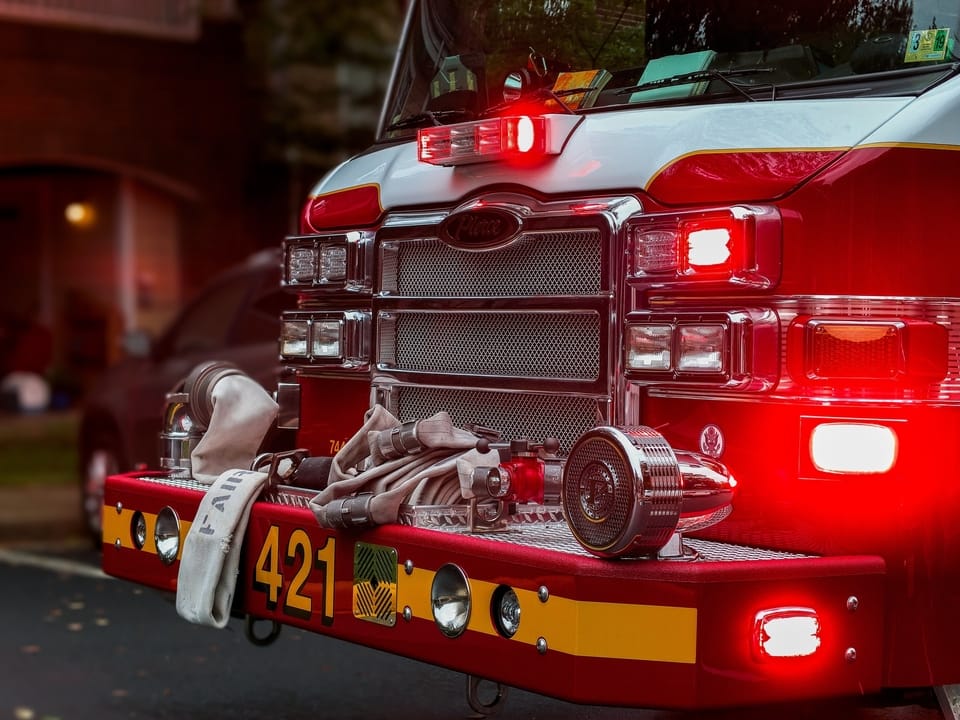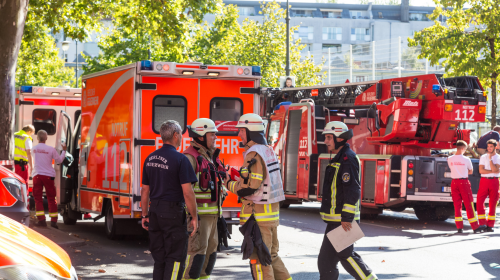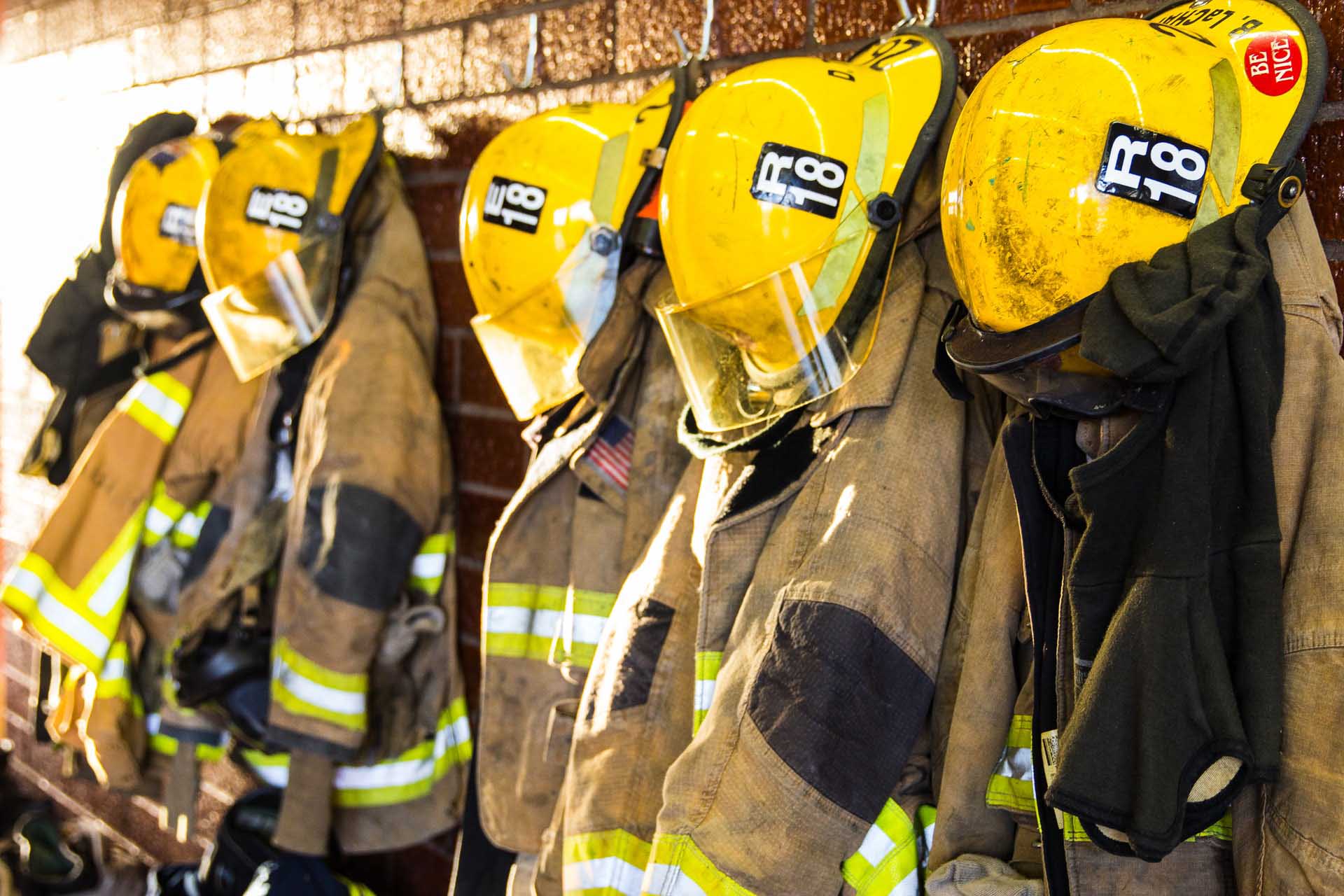
When emergency situations strike, the world relies on first responders to help. But what happens when the Fire and Rescue workforce is adapting to the unknown? Global issues like the COVID-19 pandemic have shone a light on workforce challenges that won't be going away anytime soon. It's crucial to understand what to look for and how to plan for the road ahead.
Implement PPE Policies
Personal protective equipment (PPE) is important for the safety of both emergency personnel and the public. The most crucial pieces of PPE include facemasks, gloves, eye protection (such as a face shield or goggles), and a gown or coveralls. Keep these supplies on hand for employees as a first step toward protecting both parties. However, in crisis situations like COVID-19, there may be a shortage of PPE and your agency will likely need to request equipment.
Taking good care of the PPE you currently have will help reduce the need for new supplies. Various types of equipment have different recommendations for proper disinfection practices. Soft materials should be cleaned differently than hard materials. Understanding the protocol for putting on and taking off equipment can also help mitigate the spread of germs and prolong the lifespan of certain materials. The CDC has developed recommendations for both donning and doffing PPE successfully.
Maintain Required Staffing Levels
During times of public health crises such as COVID-19, employees will need time off when they test positive or are exposed to others that have tested positive. In many instances personnel must fill gaps for family members that have fallen ill. In these cases, it’s important to anticipate shortages so that you can plan coverage for the increased staffing absences.
This is where technology can provide significant value. Being able to use your scheduling data to generate analytical snapshots of future staffing gaps will help with proactive planning. For example, the interactive analytics to the right provides a rolling view of upcoming time-off by rank within each organization. With this type of information compared against staffing levels, you will have data-driven insights to help you back fill vacancy requirements.
Other tools with intelligent scheduling capabilities, will help you quickly back fill open vacancies with the least amount of financial impact. By automating your agency's unique policy rules, reassigned personnel can be automatically notified and, if bumped up to higher ranks, assume the assignment's pay rate adjustment.
Control Fatigue Levels
With an influx of emergency response calls and the increase in COVID-related absences, Fire and Rescue personnel are being asked to pick up extra shifts or are being held over to work longer hours. These longer hours combined with the pandemic's related stressors can quickly result in exhaustion— hindering your unit's efficiencies and potentially endangering the public. Once again, technology can be used to automate scheduling fatigue rules to prevent excessive work hours between shifts.
Your automated rules can include several factors that contribute to fatigue, such as:
- Number of consecutive hours worked
- Number of miles driven
- Number of incidents or transports managed
- Off-duty and personal activities
Also consider your scheduling structure and how it could be adjusted to fit the current needs of your workforce. Weigh the pros and cons of different techniques, paying close attention to any logistical challenges, the well-being of the community, and your personnel. Being aware of each unit members’ limits is an important way to ensure they’re not stretched too thin. This way they'll have the tools necessary to remain healthy during the times they’re needed most.
Recruit New Volunteers
If you’re struggling to maintain your staffing levels, you’re not alone. More than 80% of fire departments in the U.S. are volunteer departments. They’re responsible for responding to calls from one-third of the country’s population. When the pandemic forces more people to stay home for safety purposes, this impacts the number of volunteers available to assist your agency. Many volunteers have full-time jobs and their employers are not allowing them to work volunteer shifts for fear of spreading infection.
Instead of trying to operate with a significantly lower number of personnel, consider recruiting new volunteers to keep your agency up and running. There are numerous organizations dedicated to delegating trained volunteers to areas and organizations that need help, including:
- National Voluntary Organizations Active in Disaster – for trained medical volunteers.
- Medical Reserve Corps – for individuals with a background in public health.
If you’re still facing challenges finding new recruits or don’t have the budget to hire more career personnel, consider combining fire and EMS duties. This may entail overlapping various areas of training, but would increase the availability and skills of your qualified, certified personnel.
Prepare Early
First responders have been heavily impacted by the COVID-19 pandemic. The challenges being faced now will likely continue into the future. Looking backwards is not an option. It's vital to empower your workforce so that they can focus on adapting to the new challenges ahead.
For more information about how to keep your agency operating efficiently, subscribe to our blog!



